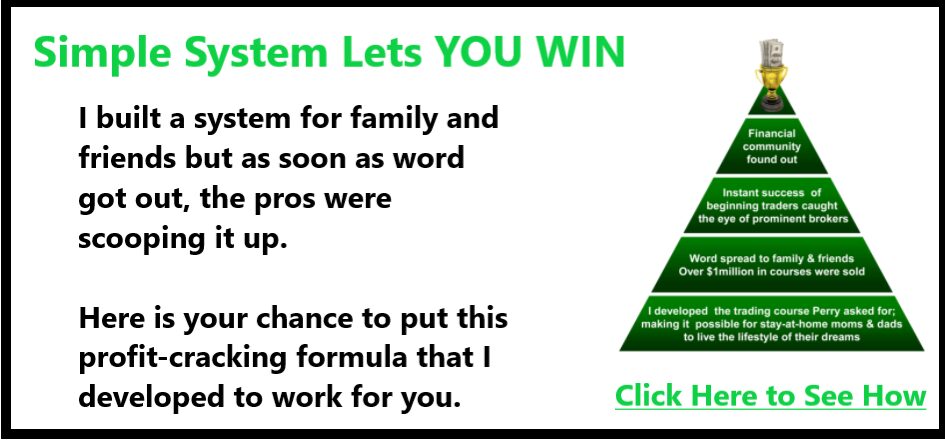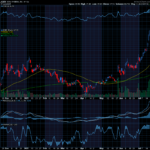by Thomas DeMark
Calendar spreads can also be referred to as horizontal spreads or time spreads. Whereas vertical spreads are used to take advantage of price movements in the underlying security, horizontal spreads are used to take advantage of time erosion and the pricing discrepancies that arise from movements in the underlying market. A horizontal spread involves the simultaneous purchase and sale of an option contract of the same asset, type, and strike price but with different expiration dates. The option’s time value erodes toward zero as time passes toward option expiration. The erosion occurs more rapidly as the option’s life decreases and the expiration date comes into view. A calendar spread is intended to take advantage of this decline in an option’s premium. Typically, a trader will sell an option with the closer expiration month and purchase an option with the distant expiration month to take advantage of the fact that the latter position will retain more of its value. Since the near-month option has less time expiration than the back-month option, the premium the trader receives will be less than the premium the trader must pay for the spread. Therefore, this spread is considered a debit spread. Also, because one option expires before the other, oftentimes one or both legs of the calendar spread are offset by trading out of the position.
Example:
Sell 1 Intel (INTC) Apr 120 Call @ 6
Buy 1 Intel (INTC) July 120 Call @ 10
Market Price of Intel Stock: $117
In this example, a trader has initiated a short calendar spread. Here, he or she has sold one Intel call option with an April expiration and a $120 strike price at a cost of $600 and has purchased one Intel call option with a July expiration and a $120 strike price at a cost of $1000. Therefore, the net cost to initiate the spread is $400. By selling the April 120 call option, a trader is hoping that the market will move sideways into expiration so that a profit can be realized coincident with the erosion in the time premium. However, to protect him or herself in the case of an adverse price move, the trader hedges his or her position by purchasing the July 120 call option. This way, if the market were to rally and the trader’s short option position were exercised, obligating the trader to sell 100 shares of Intel stock to the option holder at $120 per share, the trader could in turn exercise the long option position to purchase 100 shares of Intel stock at $120 per share. If the market were to move sideways as the trader had hoped, the short option contract would lose much more of its premium value than the long option contract. For example, say that on the April option expiration date both calls are still trading at $117 per share (out-of-the-money) with the new premium for the April 120 call falling to zero and the new premium for the July 120 call falling to $6 ½. By trading out of the spread at these prices (by taking the opposite side of each option), the trader would make $600 by selling the April call at $600 and purchasing it at $0, and would lose $350 by purchasing the July call at $1000 and selling it at $650, for a net gain of $250. In this case, the trader could exit the trade with a profit.

Example:
Sell 1 Intel (INTC) Apr 120 Put @ 6
Buy 1 Intel (INTC) July 120 Put @ 10
Market Price of Intel Stock: $123
In this scenario, the trader has again initiated a short calendar spread. Here, the trader has sold one Intel put option with an April expiration and a $120 strike price at a cost of $600 and has purchased one Intel put option with a July expiration and a $120 strike price at a cost of $1000. Therefore, the net cost to initiate the spread is $400. By selling the April 120 put option, the trader is hoping that the market will move sideways into expiration so that a profit can be realized coincident with the erosion in the time premium. However, to protect him self in the case of an adverse price move, the trader hedges his or her position by purchasing the July 120 put option. This way, if the market were to decline and the trader’s short option position were exercised, obligating the trader to purchase 100 shares of Intel stock from the option holder at $120 per share, the trader could in turn exercise the long option position to sell 100 shares of Intel stock at $120 per share. If the market were to move sideways as the trader had hoped, the short option contract would lose much more of its premium value than the long option contract. For example, say that on the April option expiration date both puts are still trading at $123 per share (out-of-the-money) with the new premium for the April 120 put falling to zero and the new premium for the July 120 put falling to $6 ½. By trading out of the spread at these prices, by taking the opposite side of each position, the trader would make $600 by purchasing the July put at $1000 and selling it at $650, for a net gain of $250. In this case, the trade could exit the trader with a profit.
Diagonal spreads work in the same manner as vertical and horizontal spreads and are simply a combination of the two.










Recent Comments